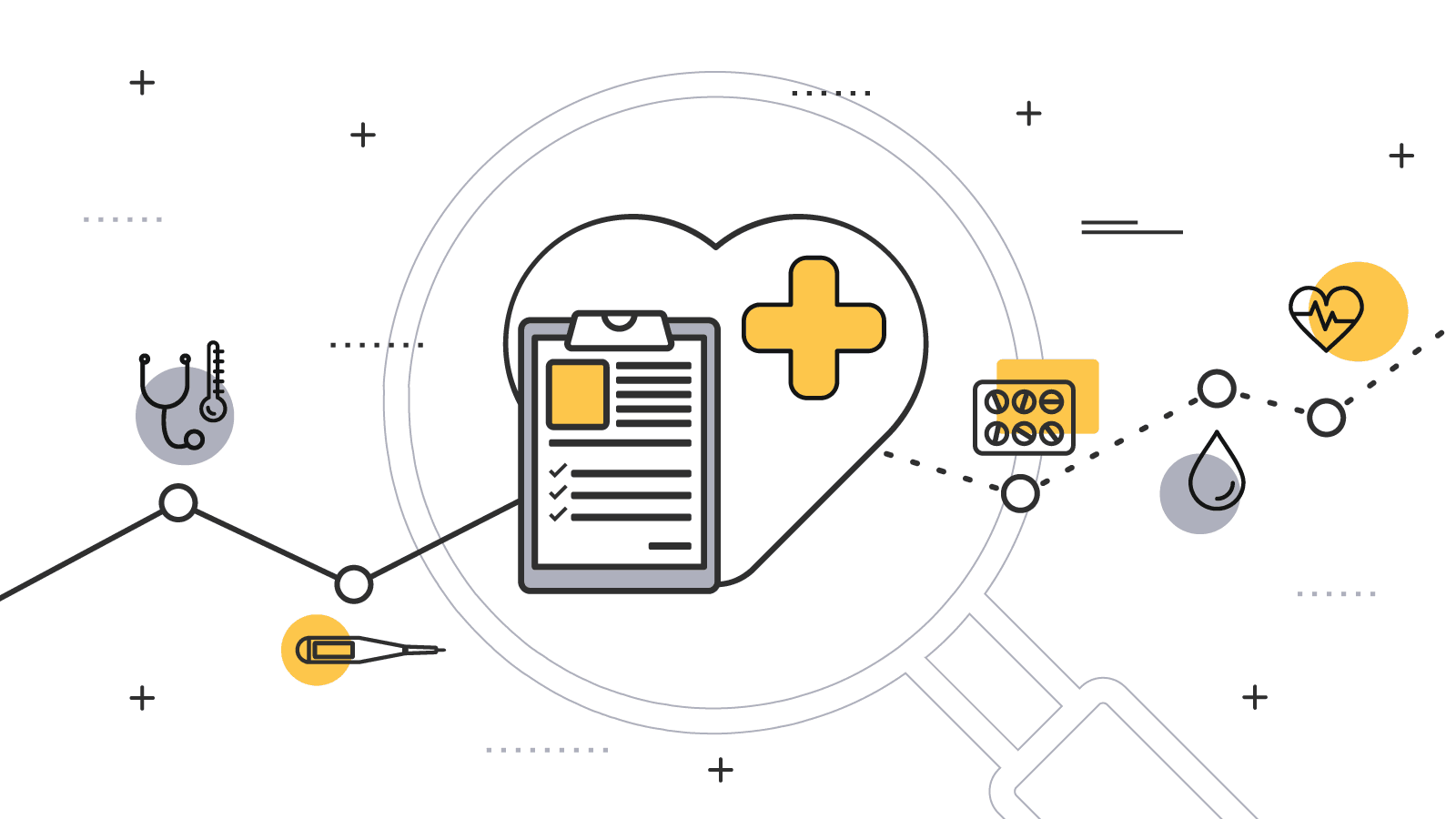
Recommended Tools for Data Scientists in the Medical Field
Authored by Ayesha Rajan, Research Analyst at Altheia Predictive Health
Introduction
Data science is a field that is becoming increasingly applicable to nearly every aspect of our lives. From our online shopping habits to sports analytics, there are vast applications of this field. One application is in healthcare and, more specifically, in disease prediction and management. Each field that data science is applied to has specific tools that are best suited for the desired outcome – in this article we will explore data science tools that are especially relevant to the field of medicine.
Discussion
One incredibly useful function for medical analytics is Support Vector Machines. SVM’s are algorithms with high accuracy levels that are used for classification and analysis; they are incredibly useful in the processing and learning of images which means they are useful tools when it comes to processing medical images such as x-rays, MRI’s and CT scans.
Natural Language Processing is also a great tool to have in your toolkit. NLP is a field of artificial intelligence that seeks to decode and understand the human language and patterns within it. This is particularly useful in analyzing a physician’s digitized notes and picking up on commonalities used in their phrasing that can highlight trends in diseases, especially in the early stages of diseases. Natural Language processing is best conducted in Python and that is another great tool to have under your belt as a data scientist in the medical field.
Another great tool for data science is SQL. SQL is a programming language that is used for relational database management systems. In overlapping the field of medicine and data science, SQL can be a powerful tool in its ability to store, process and execute functions on genomic data. To work with SQL, a researcher might create a database with genetic information and then map data from that database to predict the effect of a drug and isolate a specific gene that causes problems in issuing that drug therapy. They might also use it to isolate certain genes when studying a disease or to make connections between a person’s overall health profile and the health issues they may be facing.
Conclusion
Similar to every other application of data science, there are specific tools that are best utilized when working with medical and biological data. The tools we discussed in our article today are tools that are optimized to process, clean and understand data in a medical setting and are great skills for any entrepreneur working in this field to have. To support learning endeavors in this field, we’ve created a short list of resources to help gain traction in picking up these skills:
Support Vector Machines Explanation and Functions: https://scikit-learn.org/stable/modules/svm.html
Natural Language Processing Explanation: https://becominghuman.ai/a-simple-introduction-to-natural-language-processing-ea66a1747b32?gi=257c3ee25a16
Python Crash Course: https://www.youtube.com/watch?v=JJmcL1N2KQs
SQL Crash Course: https://www.codecademy.com/learn/learn-sql
